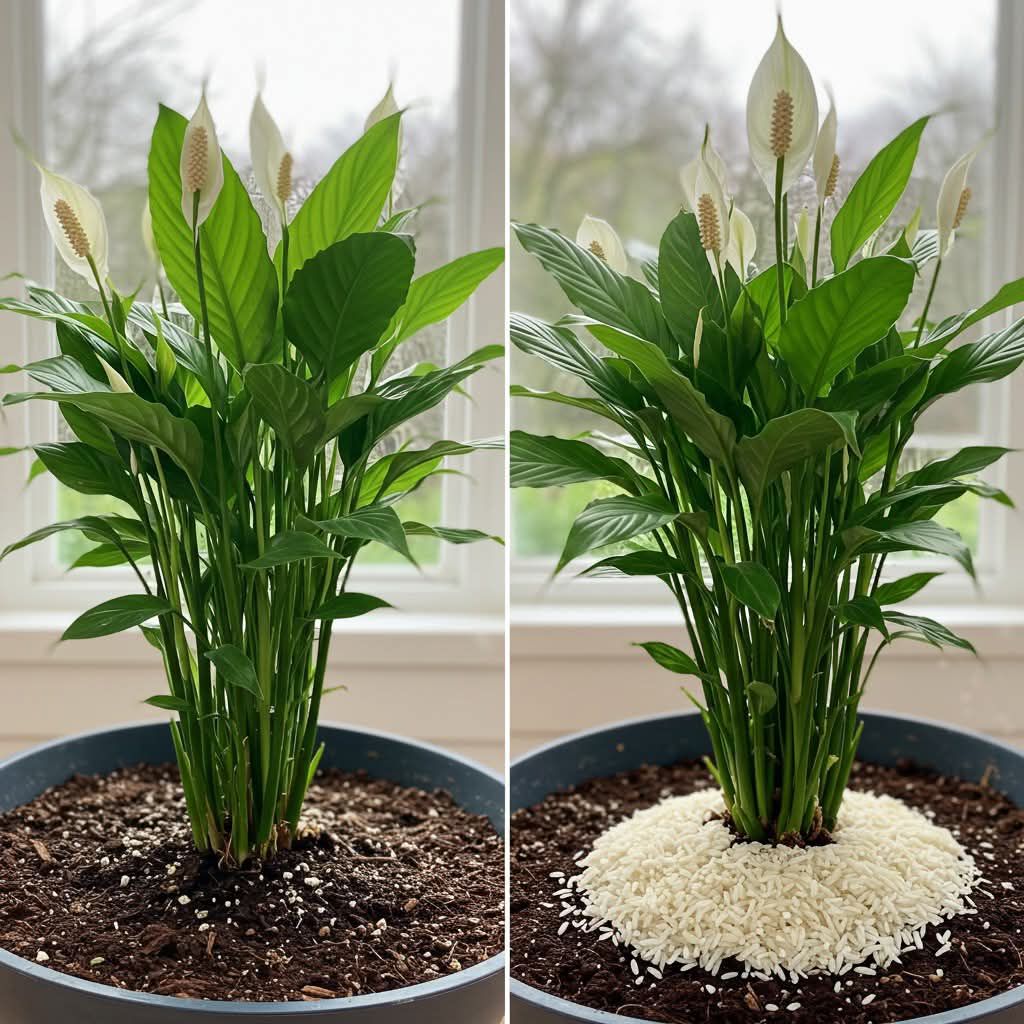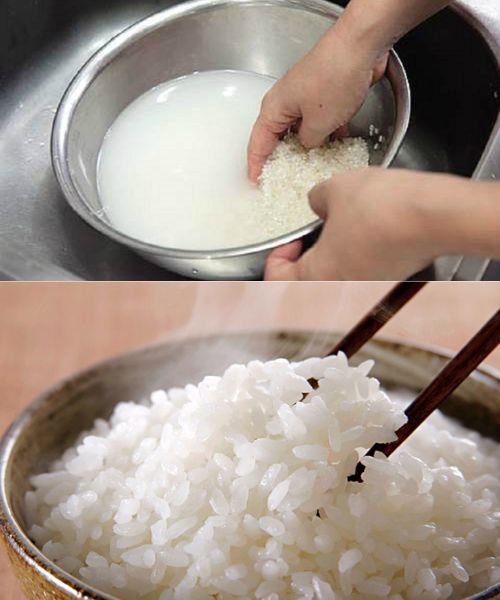Peace lilies (Spathiphyllum), known for their elegant white blooms and glossy green foliage, are among the most popular houseplants worldwide. While they typically bloom during spring and summer, with the right care, it’s possible to encourage them to bloom year-round. One often-overlooked factor in achieving continuous blooming is the water you use. Surprisingly, the type of water can significantly impact your peace lily’s flowering cycle.
The Importance of Water Quality
Water is essential for all plants, but peace lilies are particularly sensitive to its quality. Tap water, especially in urban areas, often contains chemicals like chlorine and fluoride, which can harm sensitive houseplants. These chemicals can lead to issues such as:
- Leaf tip burn: Brown, crispy edges on leaves.
- Yellowing leaves: A sign of nutrient deficiencies or root stress.
- Reduced blooming: The plant’s energy is diverted from producing flowers to coping with stress.
To mitigate these effects, consider using water that is free from these chemicals.
The Power of Rainwater
Rainwater is naturally soft and free from the chemicals found in tap water. It contains beneficial minerals and is slightly acidic, which is ideal for peace lilies. Using rainwater can:
- Promote healthier growth: The plant receives nutrients in their most natural form.
- Encourage continuous blooming: With fewer stressors, the plant can focus its energy on producing flowers.
- Improve overall plant health: Reduced chemical exposure leads to fewer health issues.
Collecting rainwater is simple. Use a clean container to gather rainwater and store it in a cool, shaded area. Ensure the container is covered to prevent debris and insects from contaminating the water.
How to Use Rainwater for Your Peace Lily
- Collect Rainwater: Use a clean container to catch rainwater. Avoid containers that have been used for chemicals or cleaners.
- Let It Settle: Before using, let the water sit for 24 hours. This allows any suspended particles to settle at the bottom.
- Water Your Plant: Use the collected rainwater to water your peace lily as you would with regular water. Ensure the soil is moist but not waterlogged.
By incorporating rainwater into your care routine, you provide your peace lily with the optimal conditions for continuous blooming.
Additional Tips for Year-Round Blooming
While using rainwater is beneficial, it’s not the only factor in encouraging continuous blooms. Consider the following care tips:
- Lighting: Peace lilies thrive in bright, indirect light. Avoid direct sunlight, which can scorch their leaves.
- Temperature: Maintain a consistent temperature between 65°F and 80°F (18°C to 27°C). Avoid placing your plant near drafts or heat sources.
- Humidity: Peace lilies prefer high humidity. Increase humidity by misting the leaves or placing the pot on a tray filled with pebbles and water.
- Fertilization: During the growing season (spring and summer), feed your peace lily with a balanced, water-soluble fertilizer every 6–8 weeks. Reduce feeding during the dormant season (fall and winter).
- Pruning: Remove spent flowers and yellowing leaves promptly to redirect the plant’s energy into new growth.
By combining these practices with the use of rainwater, you can create an environment where your peace lily can bloom continuously throughout the year.
Conclusion
Achieving year-round blooms from your peace lily is not as challenging as it may seem. By simply switching to rainwater for watering, along with providing optimal care conditions, you can encourage your plant to produce its beautiful white blooms consistently. Remember, a healthy peace lily is a blooming peace lily. Embrace this natural approach, and enjoy the beauty and tranquility that a continuously blooming peace lily brings to your home.





